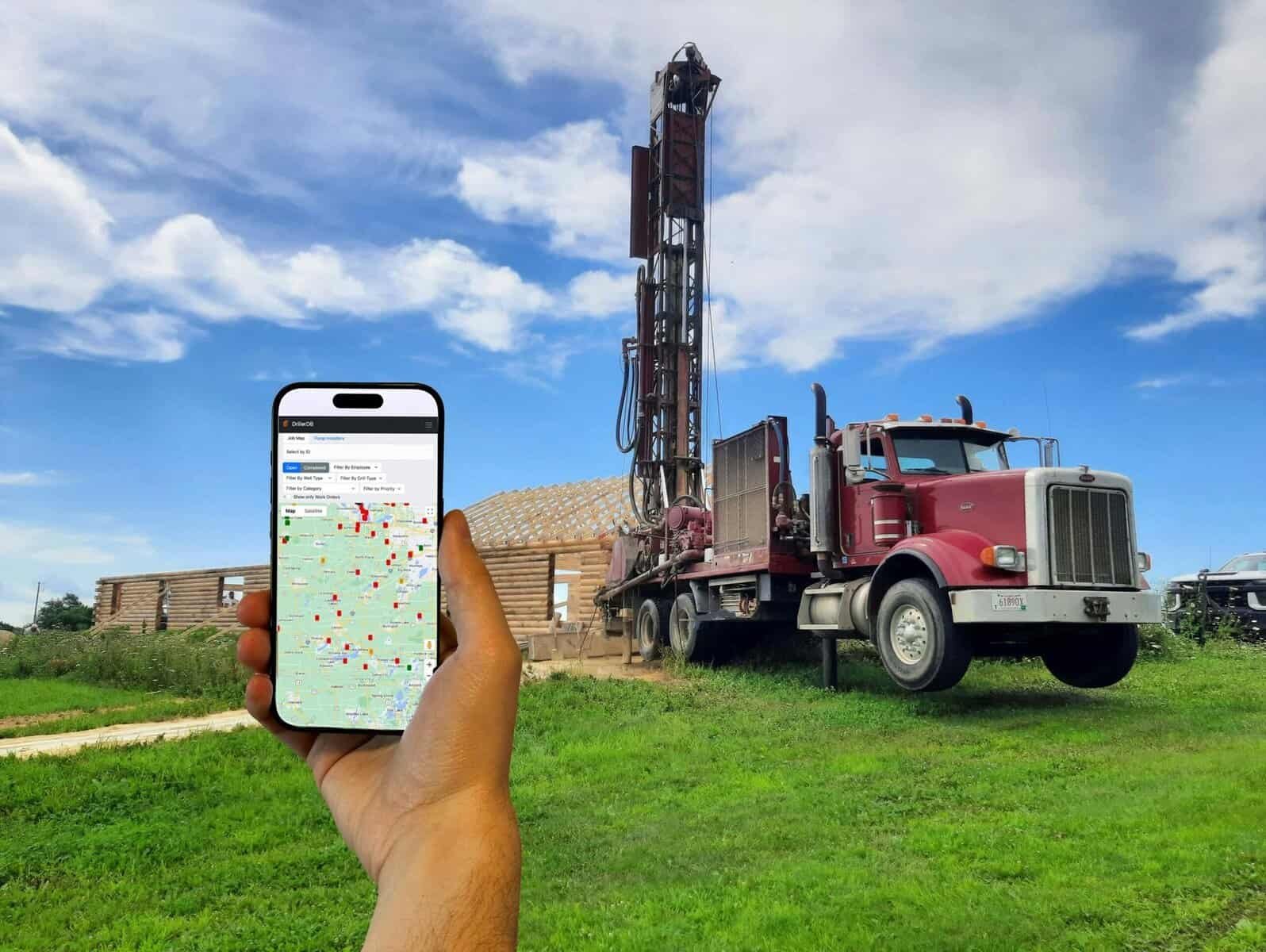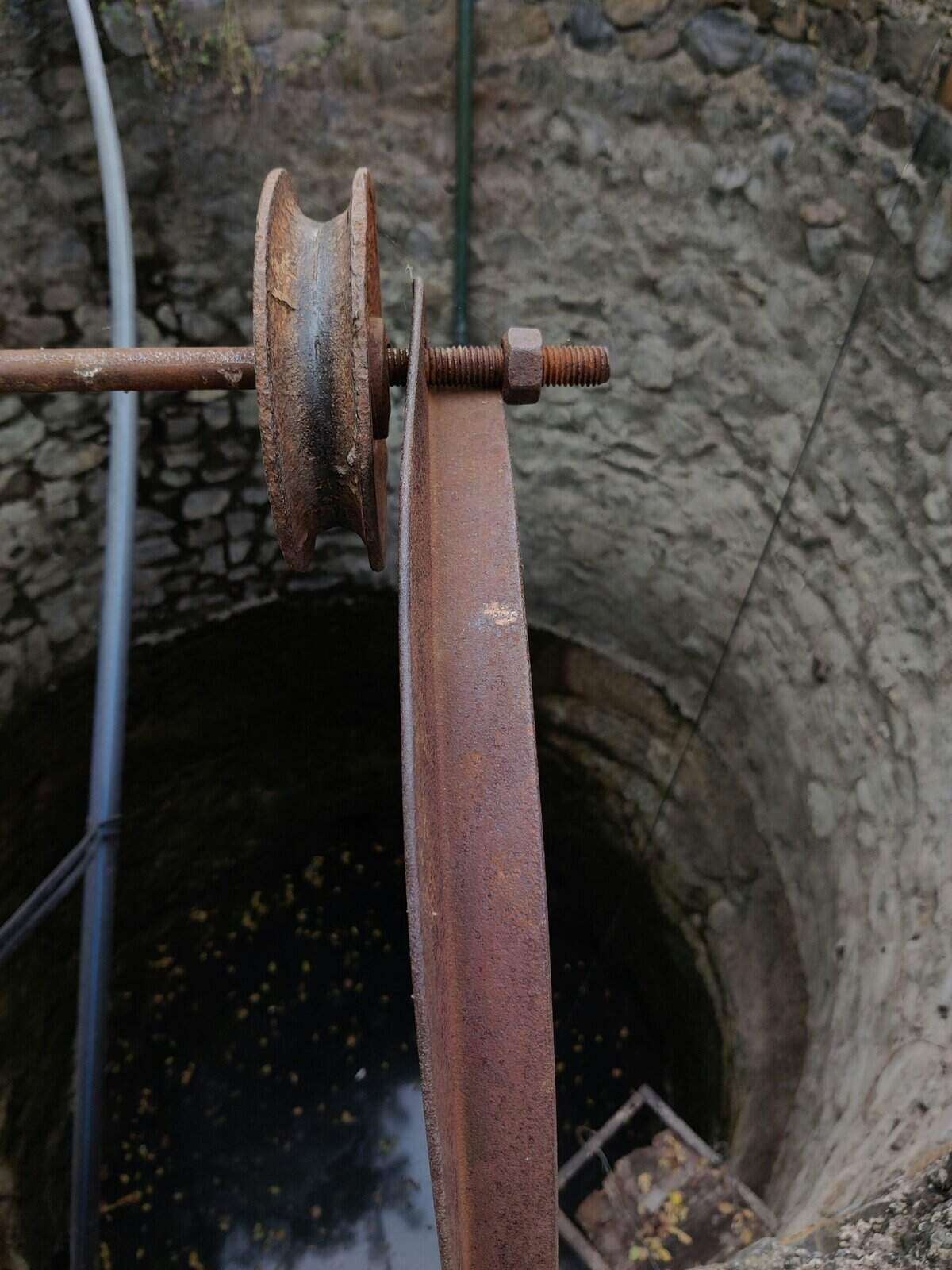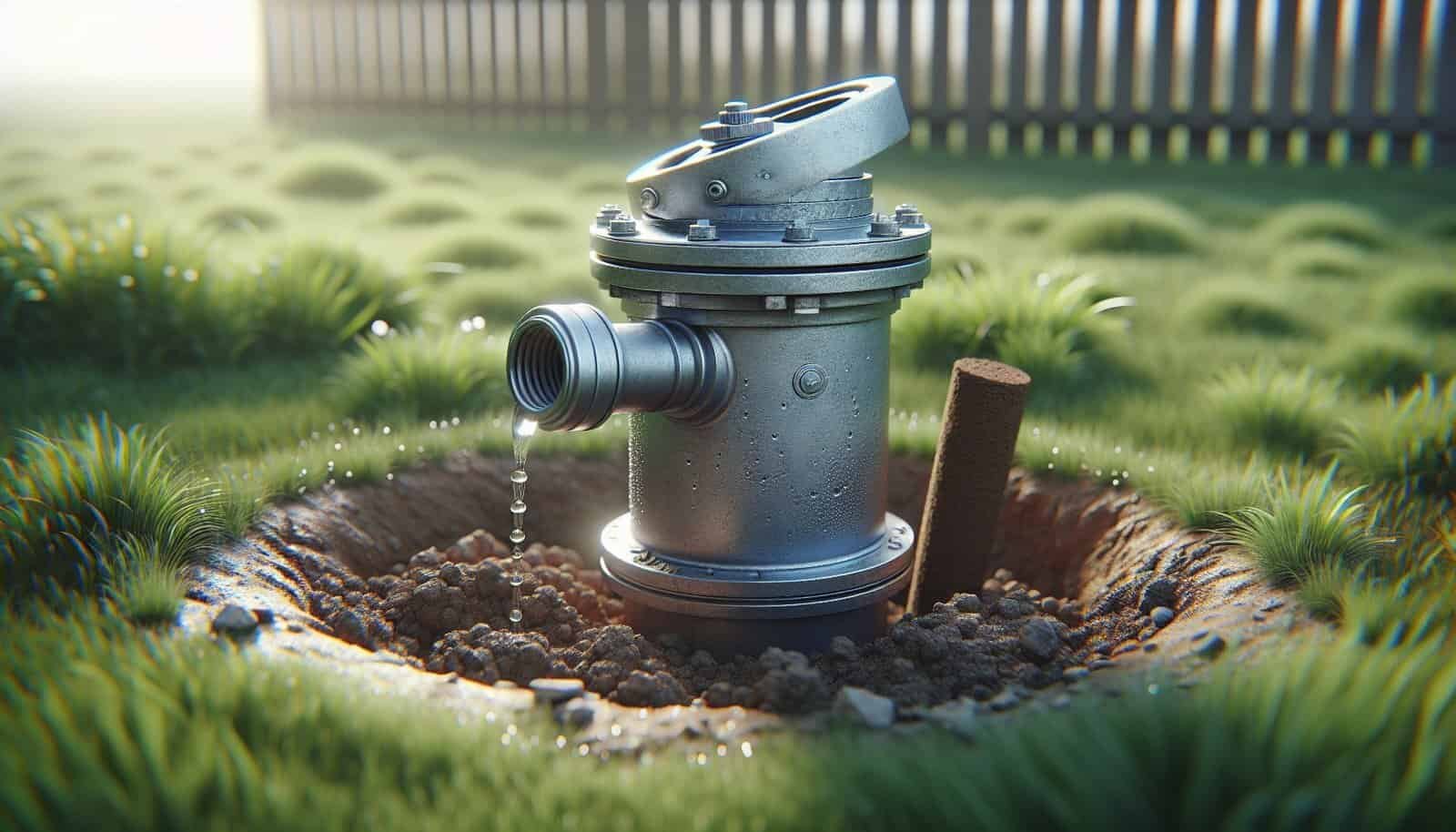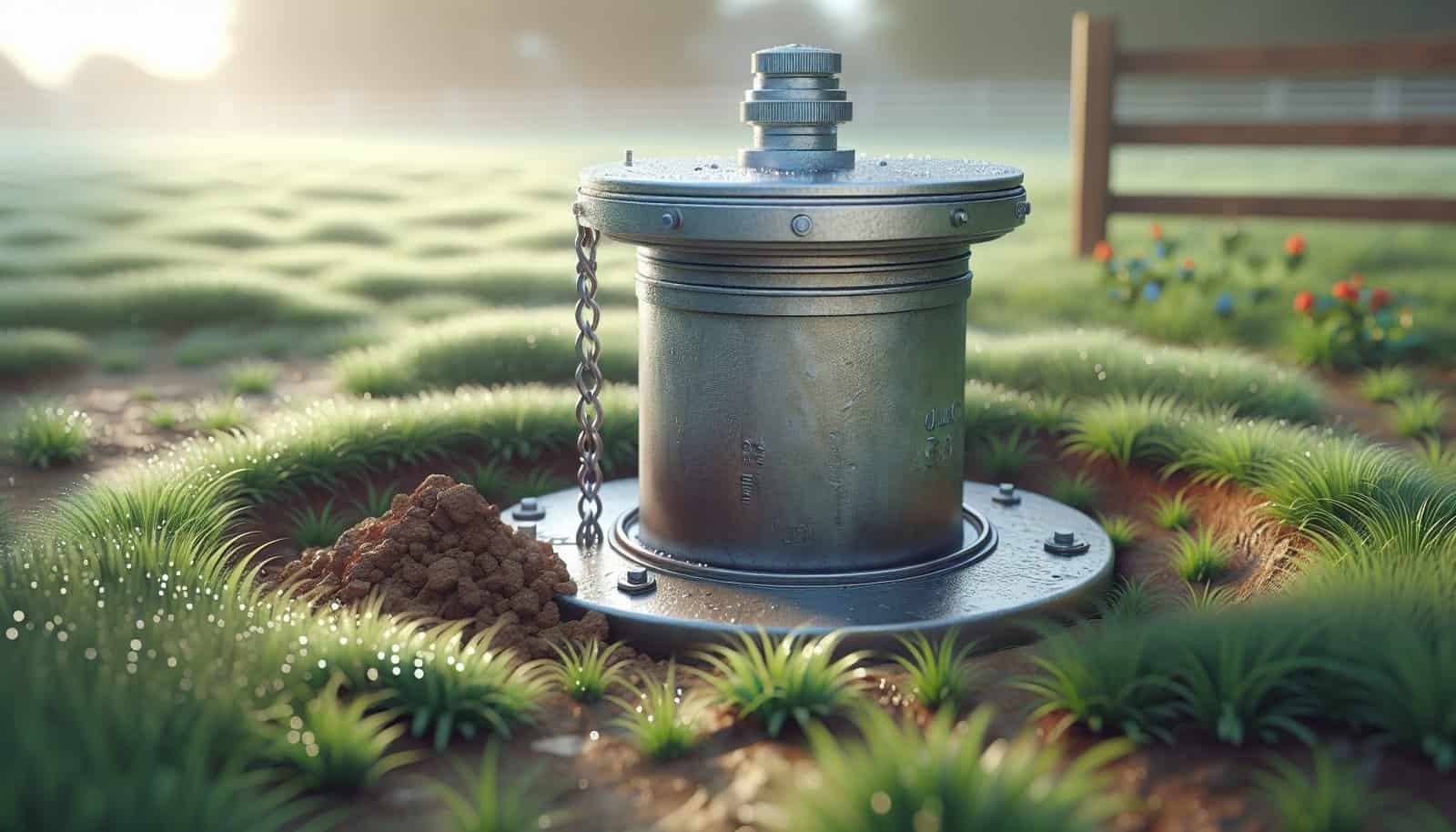Are you trying to determine whether your property can support a dependable, safe water well?
How Do I Know If My Property Is Suitable For A Water Well?
If you’re considering a private water well, you’ll want to check a mix of physical, legal, and logistical factors before you commit. This guide walks you through what matters, how to check it, what tests to run, and what decisions you’ll face so you can make an informed choice about drilling a well on your property.

Why consider a water well?
Putting a well on your property can give you an independent, long-term water supply and potentially lower monthly costs compared with some delivered or municipal water systems. You’ll need to weigh upfront costs, ongoing maintenance, and water quality considerations. This section helps you think about why a well might fit your needs and what trade-offs to expect.
Key factors that determine well suitability
You’ll need to evaluate several core factors: the underground geology, depth to groundwater, likely yield, water quality, proximity to contamination sources, legal/regulatory constraints, and site access. Each of these influences whether a well will produce enough safe water and what it will cost.
Geology and hydrogeology
Ground conditions under your land—what the rocks and soils are made of and how water moves through them—are the most important determinants of well success. Sand and gravel aquifers are usually easier and cheaper to tap, while fractured bedrock aquifers are more variable and often require deeper drilling. You’ll want to find out what type of aquifer is beneath your property.
Aquifer types and what they mean
Different aquifer types behave differently. Unconsolidated materials like sand and gravel generally provide more consistent yields; bedrock aquifers rely on fractures and can be unpredictable. Understanding the local aquifer helps you estimate depth, yield, and likely water quality.
| Aquifer Type | Typical Depth | Yield Characteristics | Typical Water Quality |
|---|---|---|---|
| Sand & Gravel (unconsolidated) | Shallow to moderate | Often high, steady yields | Generally good, possible iron/manganese |
| Alluvial (river deposits) | Shallow | High, reliable near rivers | Variable; contamination from surface possible |
| Fractured Bedrock (granite, basalt, etc.) | Moderate to deep | Highly variable; depends on fractures | Can be hard, mineral-rich; may contain arsenic in some regions |
| Karst/Limestone | Variable | Can yield large amounts where conduits exist | Often hard water; possible contamination routes |
Depth to groundwater and water table behavior
How deep the water table sits affects drilling costs and pump requirements. You’ll need to consider seasonal and drought-related fluctuations: water levels can drop in dry months or during prolonged drought, reducing yield. Knowing the typical depth and fluctuation range for your area helps determine well depth and whether pumping will be reliable year-round.
Well yield and your water needs
You’ll want a well that can produce sufficient gallons per minute (gpm) for your intended use. Typical household needs range from 5–15 gpm for a single-family home depending on fixtures and simultaneous use. Irrigation, livestock, or commercial uses will increase demand. Estimate peak and average usage so you can compare to likely yields.
Water quality
Water quality determines whether you can use the water as-is, need treatment, or in rare cases cannot use it at all for drinking. Test for bacteria (coliform and E. coli), nitrates, total dissolved solids (TDS), hardness, iron, manganese, pH, and specific contaminants that may be regional concerns (arsenic, radon, chromium, etc.). Your local health department can tell you which contaminants are common in your area.
Surface and subsurface contamination risks
Consider nearby septic systems, livestock areas, agricultural fields, landfills, fuel storage, and industrial sites. Shallow wells are particularly vulnerable to surface contamination. Setbacks and proper siting are critical to reduce contamination risk.
Permits, regulations, and water rights
Local and state rules govern well construction, setbacks, and permits. You’ll likely need a permit and must follow minimum distances from septic systems and property boundaries. In some regions, water rights or well registration rules apply. Check local health departments and state water agencies early in the process.
Access, terrain, and drilling logistics
Drilling rigs need access and space. Steep, densely wooded, or marshy lots may make drilling expensive or impossible. Consider access roads, power availability, and soil conditions that could complicate equipment movement.
How to find out if your property is suitable — step-by-step
You can’t rely on wishful thinking alone. Follow these practical steps to assess suitability and reduce risk.
Step 1 — Check local well records and maps
Start by looking at county or state well logs. Many jurisdictions maintain databases that record well depth, yield, water quality, and construction details for wells drilled nearby. This historical data is one of the most reliable predictors of success.
- Contact your county health department, state geological survey, or natural resources agency.
- Ask for well logs within a mile or less of your property.
- Look for patterns in depth, yield, and water quality.
Step 2 — Consult geologic maps and groundwater studies
State geological surveys and university extensions often publish regional hydrogeologic maps and reports. These explain local rock types, aquifer distributions, recharge areas, and areas with known contamination. This helps you set expectations for typical well depth and water quality in your area.
Step 3 — Talk to local well drillers and hydrogeologists
Experienced local well drillers know the local geology and can give practical, site-specific advice. A licensed hydrogeologist can provide a professional site assessment, interpret well logs, and recommend an optimal drill location.
- Ask drillers about typical costs, depths, and yields in your area.
- Request references and records of recent projects.
- Consider hiring a hydrogeologist if your situation is complex (e.g., near known contamination or for commercial needs).
Step 4 — Conduct a site survey and siting analysis
A site survey considers topography, access, surface contamination sources, property boundaries, and soils. A siting analysis identifies the best location for a well to minimize contamination risk while maximizing yield. Well setbacks from septic systems or potential contaminants are key.
Step 5 — Drill a test or production well and perform a pump test
A test or production well provides definitive answers. After drilling, perform a pump test (often 24–72 hours) to measure sustained yield, drawdown, and recovery. This data tells you the well’s specific capacity and sustainable pumping rate.
- Pump tests quantify gpm, drawdown, and recovery rates.
- Analyses estimate sustainable yield for long-term use.
Step 6 — Perform comprehensive water quality testing
Once you have water, perform a full suite of tests:
- Basic: bacteria (total coliform and E. coli), nitrates/nitrites, pH, TDS.
- Minerals: hardness, iron, manganese, sulfate.
- Contaminants of concern in your region: arsenic, uranium, radon, volatile organic compounds (VOCs), pesticides.
- If you suspect contamination from fuel or solvents, request a VOC panel.
Repeat bacterial tests seasonally and after any well maintenance or nearby contamination events.
Interpreting well performance test results
You’ll receive metrics such as yield (gpm), drawdown (ft), recovery time, and specific capacity (gpm per foot of drawdown). Understanding these metrics helps you know whether the well meets your needs.
Key performance terms explained
- Yield: the flow rate the well can produce (gpm).
- Drawdown: the drop in water level while pumping (feet).
- Specific capacity: yield divided by drawdown (gpm/ft), indicating well efficiency.
- Recovery: how quickly water levels return after pumping, indicating recharge ability.
- Sustainable yield: long-term safe pumping rate without degrading the aquifer.
If your pump test shows low yield or slow recovery, you may need a larger storage tank, reduced demand, or to locate a deeper or different well.

Water demand planning — how much water will you need?
Estimate daily and peak demand so you can match the well capacity to your lifestyle.
- Typical indoor household usage per person: 50–100 gallons/day (conservative to moderate).
- Peak instantaneous demand (shower + dishwasher + laundry) may require several gpm simultaneously.
- Irrigation needs vary widely: a lawn or vegetable garden can add thousands of gallons a week during summer.
Match pump size and storage to both your peak and average needs. If a well yields 5 gpm, it produces 300 gallons per hour; with a storage tank and pressure system, intermittent high usage can be accommodated.
Typical costs and timeline
Costs vary by region, depth, and complexity. Below are typical U.S. ranges to give you a sense of budget and time; local prices may differ.
| Item | Typical Cost Range (USD) | Typical Timeline |
|---|---|---|
| Drilling (residential) | $3,000 – $15,000 (shallow to moderate depths) | 1 day to several days |
| Pump, pressure tank, installation | $800 – $3,500 | 1 day |
| Water treatment system (basic) | $500 – $5,000+ | 1–3 days |
| Pump test and water analysis | $300 – $1,000 | 1–3 days |
| Permits and inspections | $0 – $1,000+ | Varies by jurisdiction |
| Total typical residential project | $5,000 – $25,000+ | 1–3 weeks (site prep, drilling, testing, permitting) |
Costs increase for deep wells, difficult access, complex water treatment, or areas with special permitting requirements. Plan for contingencies and additional testing.

Treatment options for common water quality issues
If your water contains contaminants or undesirable characteristics, these are common solutions:
- Bacteria (coliform/E. coli): shock chlorination initially, then continuous disinfection options like chlorination or UV systems; maintain sanitary well construction.
- Nitrates: ion exchange or reverse osmosis; address nearby sources if possible.
- Hardness (calcium/magnesium): water softeners (ion exchange) or physical softening (template-assisted crystallization).
- Iron & manganese: aeration, greensand or catalytic carbon filters, or oxidation followed by filtration.
- Arsenic/uranium: specialized adsorption media, reverse osmosis, or ion exchange depending on concentrations.
- VOCs and pesticides: activated carbon filters, air stripping, or advanced oxidation depending on compounds.
Match treatment to contaminants and concentrations. Some issues require whole-house systems, while others can be addressed at point-of-use.
Siting and setback considerations
Proper siting reduces contamination risk and maintenance problems. Typical setback distances vary by jurisdiction, but here are common ranges:
| Source of Contamination | Typical Minimum Setback (feet) |
|---|---|
| Septic tank | 50–100 |
| Subsurface sewage disposal (leach field) | 100–200 |
| Property line | 10–50 |
| Livestock pens/manure piles | 50–200 |
| Fuel storage, chemical storage | 100–300 |
| Surface water (pond, creek) | 50–200 |
Always check local rules; some areas have stricter standards. If your property is small, placing a well at a safe distance may be challenging and might require engineered solutions.

Environmental and safety considerations
You’ll want to protect your well and surrounding resources:
- Ensure the well is constructed with proper casing and grout to prevent surface contamination.
- Install a sanitary seal and secure the well cap.
- Protect the area around the wellhead from contamination, flooding, and physical damage.
- Properly plug and seal abandoned wells to prevent them becoming contamination pathways.
If hazardous contamination is present nearby, you may need special construction or to consider alternative water supplies.
If a well isn’t suitable — alternatives
If your property isn’t suitable, you still have options. Consider:
- Connecting to a municipal water system (if available).
- Shared or community wells with neighboring properties.
- Water hauling and filling a cistern or large storage.
- Rainwater harvesting (subject to local regulations and sufficient rainfall).
- Drilling on a nearby parcel with better geology (if possible) and running a pipeline to your property.
Each alternative has its own costs, regulatory requirements, and maintenance needs.

Ongoing maintenance and monitoring
A well is not a “set and forget” system. You’re responsible for ongoing care:
- Test for presence of coliform bacteria annually and after any work on the well or septic system.
- Test for nitrates, TDS, and other regional contaminants every 2–3 years or more frequently if you have known issues.
- Maintain the pump, pressure tank, and treatment systems per manufacturer recommendations.
- Keep records: well log, pump test results, water tests, repair records, and permits.
- Sanitize the well after repairs or if contamination is suspected.
Failing to maintain a well can create health risks and expensive repairs later.
Questions to ask a potential driller or hydrogeologist
Make an informed selection by asking targeted questions. Below is a helpful checklist.
| Question | Why it matters |
|---|---|
| Are you licensed and insured in this state? | Ensures compliance and protection. |
| Can you provide local references and recent well logs? | Shows experience with similar sites. |
| What are typical depths and yields in this area? | Sets realistic expectations. |
| Will you perform a pump test and provide a written report? | Essential for confirming sustainable yield. |
| How do you handle well casing, grouting, and sanitary seals? | Affects long-term water quality. |
| What is your warranty and what is included? | Helps avoid surprise costs. |
| Who will handle permits and inspections? | Saves you hassle and ensures compliance. |
| Can you estimate total project costs including treatments and permits? | Helps with budgeting. |
Get at least two written estimates and compare scope, guarantees, and timelines.
Interpreting drilling outcomes and next steps
After drilling and testing, you’ll need to decide:
- Proceed with completion if yield and quality meet needs.
- Modify location or drill deeper if yield is marginal.
- Consider a larger storage system or reduced demand if yield is limited but acceptable.
- If contamination is present, install appropriate treatment or reconsider the supply.
Make decisions based on hard data from the pump test and water quality analysis—not on a single successful drill nearby.
Special considerations for rural, agricultural, and wildfire-prone areas
- Rural/agricultural: watch for nitrate and pesticide contamination; position wells away from fields and manure storage.
- Wildfire-prone: protect the wellhead and consider elevated storage if access may be limited post-fire.
- Flood-prone areas: ensure wellhead elevation above expected flood levels and protect the well from surface runoff.
Adapt siting and construction to local hazards.
Typical problems and troubleshooting
You may encounter problems such as low yield, cloudy water, iron staining, pump failure, or bacterial contamination. Basic troubleshooting steps include:
- Re-test bacterial contamination before major fixes.
- Check pressure tank settings and pump controls for pressure issues.
- Consider rehabilitation (surge, redevelopment) for low yield or high sediment.
- Replace or service pumps that are old, damaged, or incorrectly sized.
- For staining or discoloration, test for iron and manganese before selecting a filter.
Work with qualified professionals to avoid causing further damage.
Legal and financial considerations
- Make sure permits are obtained and any required well reports are filed.
- If you plan to sell the property, document the well’s condition and provide test results; in many places sellers must disclose water supply details.
- Some mortgages and home insurance policies have requirements linked to private water systems—check these before closing a purchase.
Professional guidance from local health departments or real estate attorneys can be useful.
Quick checklist: Is your property likely suitable?
- Do nearby wells produce adequate yield? (Check well logs.)
- Is the site accessible for drilling equipment?
- Can the well be sited at safe setbacks from contamination sources?
- Is the water quality in nearby wells acceptable, and are contaminants treatable?
- Do local regulations permit a new well, and can you obtain necessary permits?
- Can you afford expected drilling, pump, and treatment costs?
If you answer “yes” to most of these, your property has a good chance of being suitable for a well.
Summary and next actions
If you want a reliable answer, start by gathering local well logs and geological information, talk with local drillers and a hydrogeologist if needed, and plan for a test/pump well and comprehensive water testing. Compare costs and alternatives, and factor in long-term maintenance. With careful planning and professional help, you can determine whether a water well on your property is a practical and safe option.
Frequently asked questions (brief)
How long does a typical residential well last?
- A properly constructed well can last several decades; pumps and equipment often require replacement more frequently (10–20 years for submersible pumps depending on conditions).
Do I need a permit to drill a well?
- Most places require permits and inspections. Contact your county health department or state water agency early.
Can I rely on a neighbor’s well log?
- Nearby well logs are very helpful, but subsurface conditions can vary. Use them as guidance, but confirm with a site-specific test.
What if my water has bacteria?
- Initial shock chlorination can help; a permanent solution usually involves ensuring sanitary construction and possibly ongoing disinfection (chlorination or UV).
If you want, you can give me your county or region and I can point you to likely local resources, typical aquifer types for your area, or the agencies that maintain well logs.
